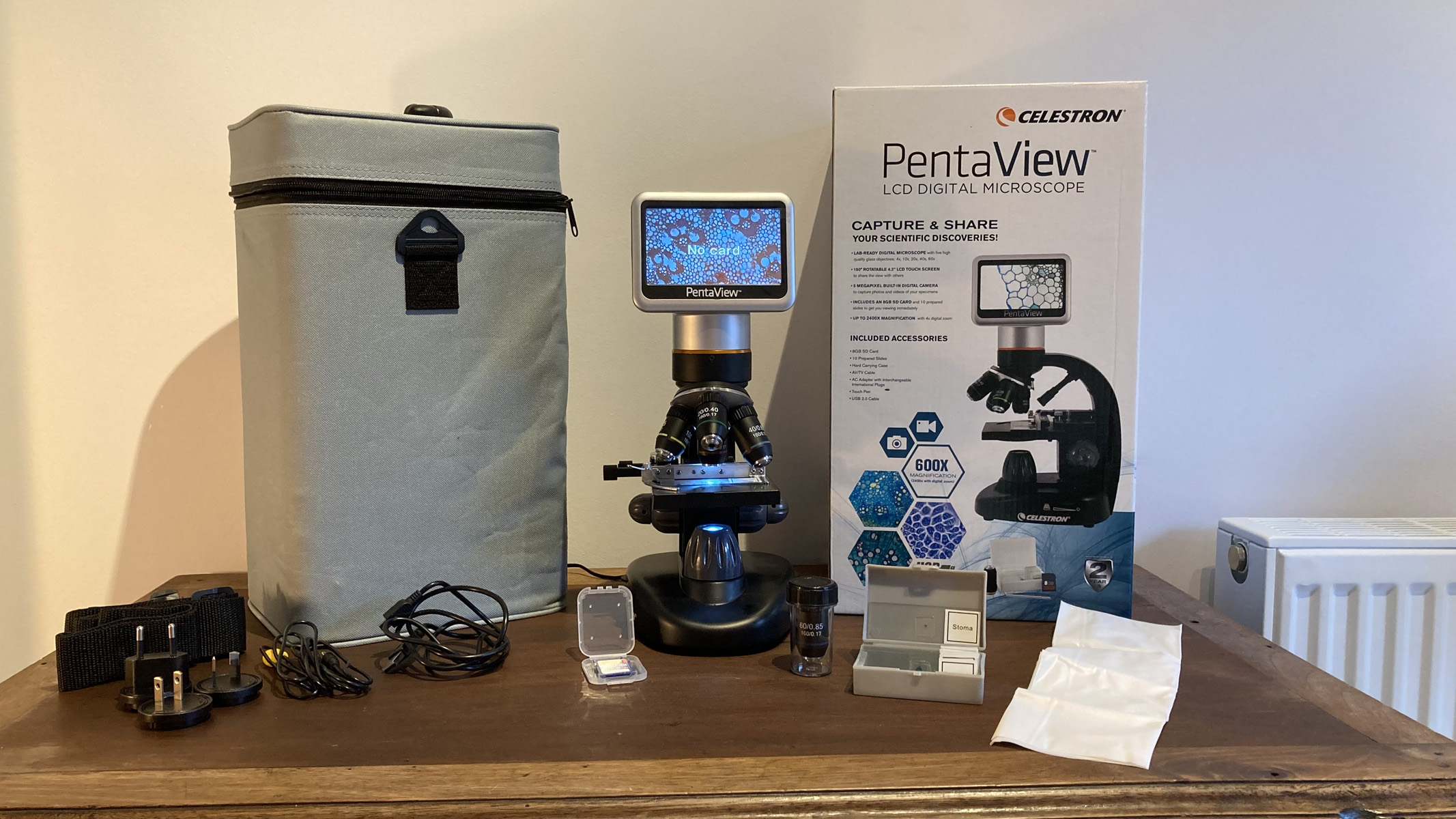Polymers, Vol. 15, Pages 483: Study of Formulation and Process Variables for Optimization of Piroxicam Nanosuspension Using 32 Factorial Design to Improve Solubility and In Vitro Bioavailability
Polymers doi: 10.3390/polym15030483
Authors: Yahya Alhamhoom Sandip M. Honmane Umme Hani Riyaz Ali M. Osmani Geetha Kandasamy Rajalakshimi Vasudevan Sharanya Paramshetti Ravindra R. Dudhal Namrata K. Kengar Manoj S. Charde
Piroxicam is a Biopharmaceutical Classification System (BCS) Class II drug having poor aqueous solubility and a short half-life. The rationale behind the present research was to develop a Piroxicam nanosuspension to enhance the solubility and thereby the in vitro bioavailability of the drug. Piroxicam nanosuspension (PRX NS) was prepared by an anti-solvent precipitation technique and optimized using a full-factorial design. Herein, the nanosuspension was prepared using polymer polyvinylpyrrolidone (PVP) K30® and Poloxamer 188® as a stabilizer to improve the solubility and in vitro bioavailability of the drug. Nine formulations were prepared based on 32 full-factorial experimental designs to study the effect of the formulation variables such as concentration of poloxamer 188 (%) (X1) and stirring speed (rpm) (X2) as a process variable on the response of particle size (nm) and solubility (µg/mL). The prepared NS was characterized by phase solubility, Fourier-transform infrared (FT-IR), differential scanning calorimetry (DSC), X-ray powder diffraction (XRPD), transmission electron microscopy (TEM), particle size, zeta potential, entrapment efficiency, and percent drug release. DSC and XRPD analysis of freeze-dried NS formulation showed conversion of PRX into a less crystalline form. NS formulations showed a reduction in the size from 443 nm to 228 nm with −22.5 to −30.5 mV zeta potential and % drug entrapment of 89.76 ± 0.76. TEM analysis confirmed the size reduction at the nano level. The solubility was increased from 44 μg/mL to 87 μg/mL by altering the independent variables. The solubility of PRX NS in water was augmented by 14- to 15-fold (87.28 μg/mL) than pure PRX (6.6 μg/mL). The optimized formulation (NS9) at drug-to-stabilizer concentration exhibited a greater drug release of approximately 96.07% after 120 min as compared to the other NS formulations and pure PRX (36.78%). Thus, all these results revealed that the prepared NS formulations have improved the solubility and in vitro dissolution compared to the pure drug. Furthermore, an increase in the drug release was observed from the NS than that of the pure PRX. All these outcomes signified that the prepared PRX NS showed an increase in solubility and in vitro dissolution behavior; which subsequently would aid in attainment of enhanced bioavailability.

 1 year ago
70
1 year ago
70


